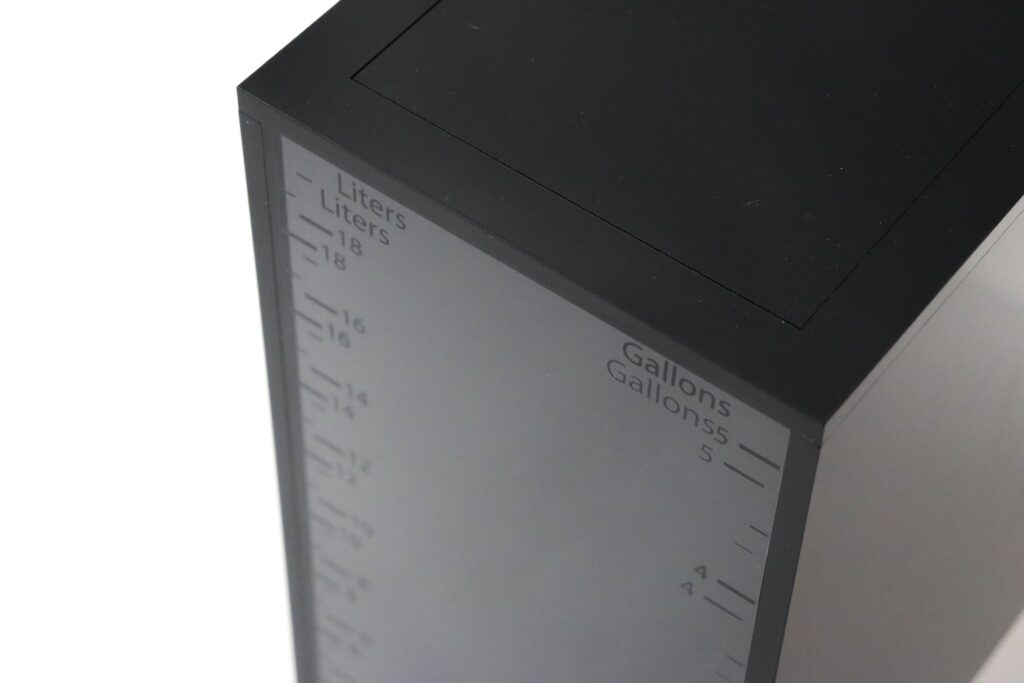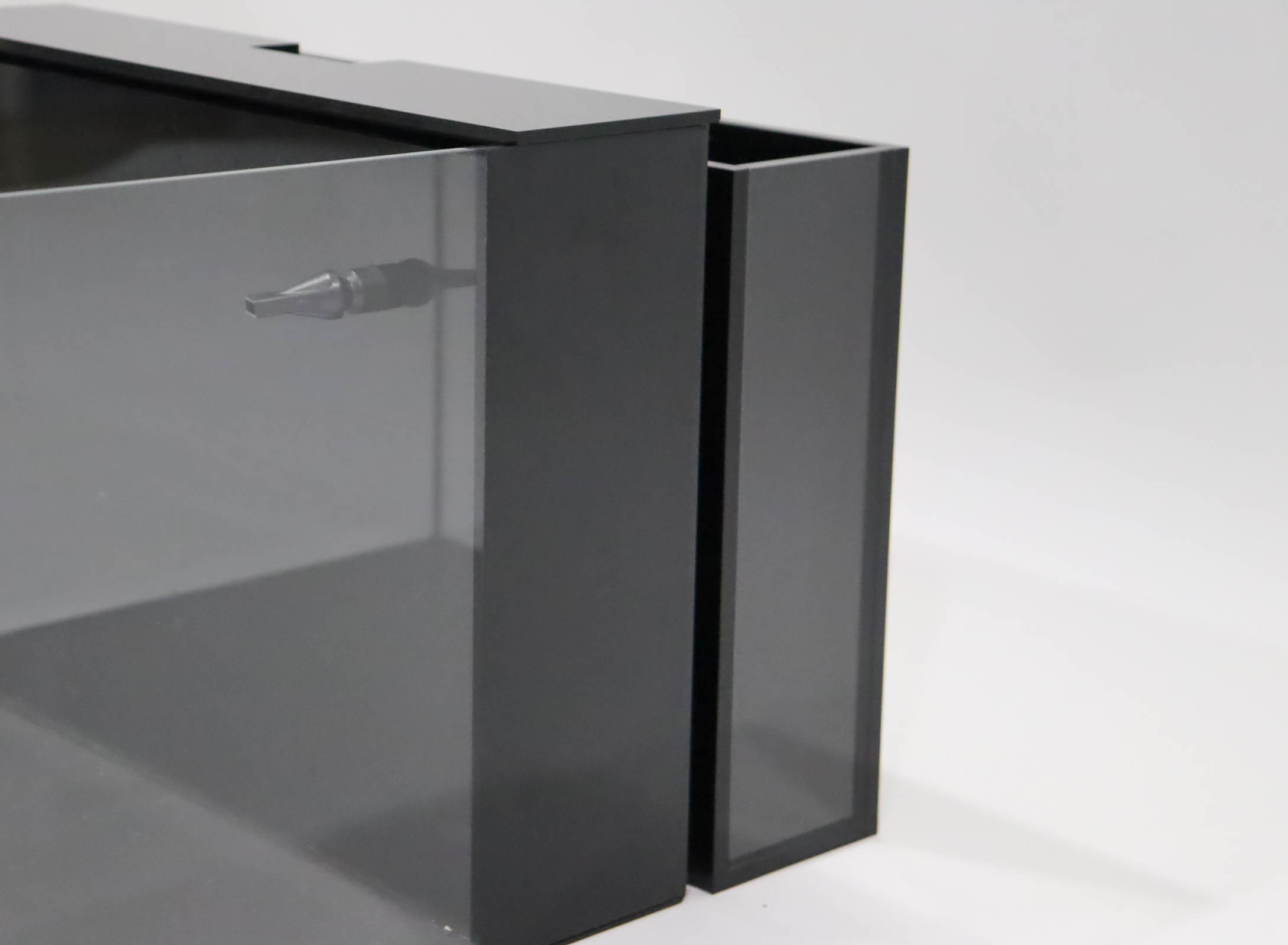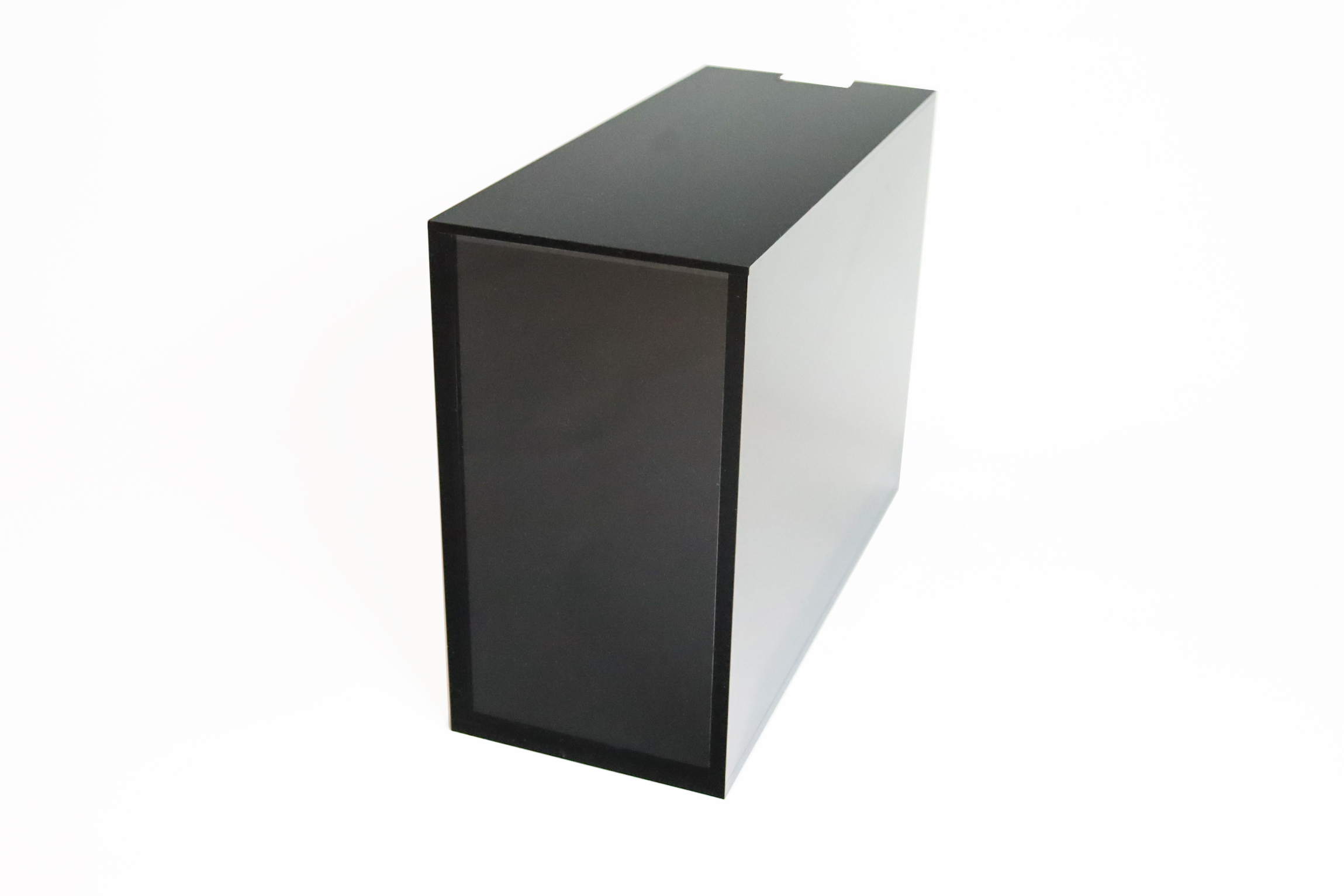ATO Reservoir
What is an auto top off (ATO) reservoir ?
ATO reservoirs are auto top off reservoirs that hold fresh water. When setting up an auto top off unit to compensate for evaporation you need a container to hold the fresh water where it will draw from. Auto top off units are one of the most valuable forms of automation you can add to a saltwater aquarium.
Our ATO reservoirs are designed to be slim, functional and also attractive. They are made of high quality acrylic and UV bonded for a leak free seal.
ATO Backpack Reservoirs
ATO Reservoirs designed to sit behind your studio aquarium
5 Gallon ATO Reservoir
Keep evaporation in check with our slim, custom ATO reservoirs.
When to use an auto top off reservoir
When setting up a reef tank there are a few pieces of equipment that are absolutely required, including a pump, heater and light. Not always on this list but “almost necessary” is an auto top off. This piece of reefing gear will keep your reef tank at a consistent salinity by replacing water lost to evaporation and consists of a small pump, water level sensors and a reservoir for holding fresh water. Whenever using an auto top off you will need an auto top off reservoir.
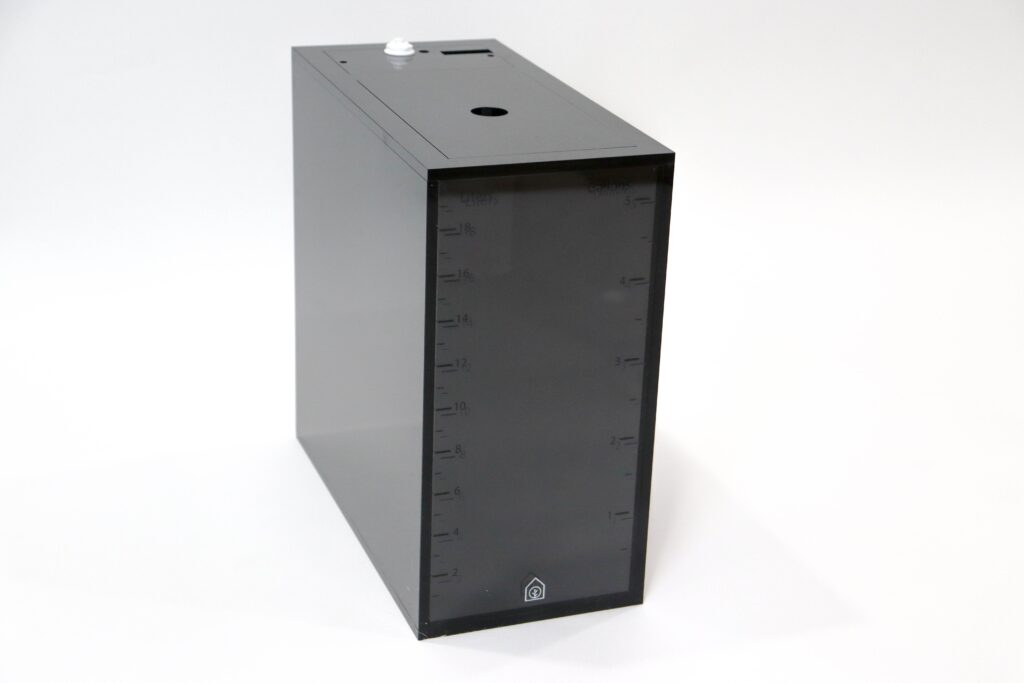
How Does an ATO Reservoir Work?
An ATO reservoir is simply a container for holding fresh water to top up an aquarium as water is lost to evaporation. A small pump is placed in the bottom of the reservoir and attached to a piece of tubing that empties into the aquarium. A water level sensor is placed in the aquarium and controls the pump, turning it on and off as necessary. Most ATO systems have a second, emergency, water level sensor that will turn the pump off if the first sensor fails and the water level gets too high. This system is designed to eliminate the need to top the tank up by hand on a daily basis and ensures a stable salinity level.
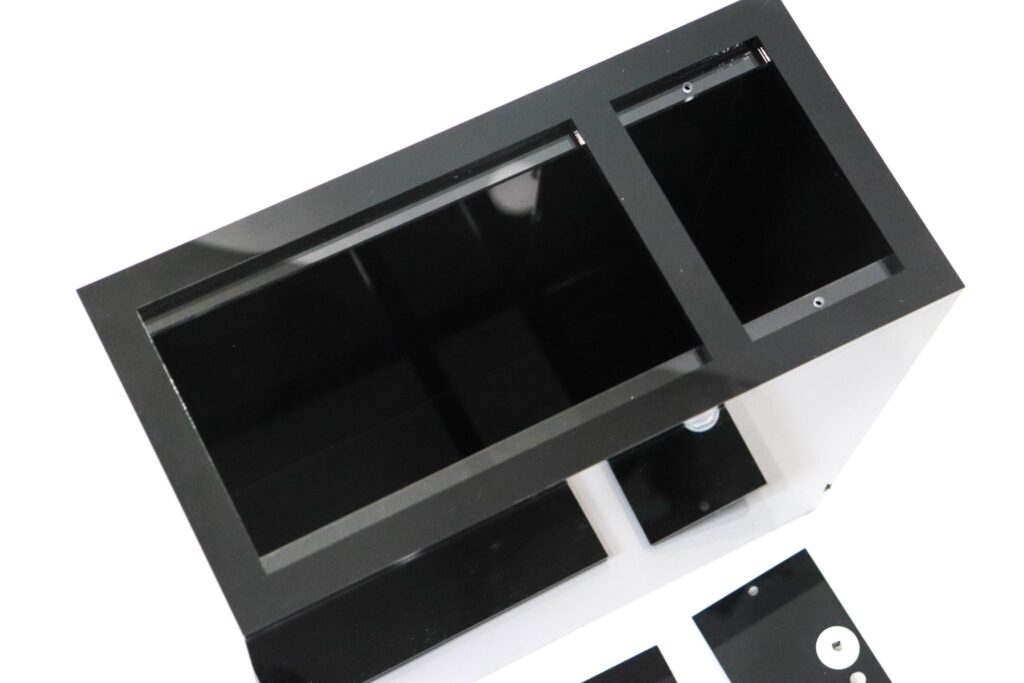
How Big Should an ATO Reservoir Be?
While it might be tempting to set up as large an ATO reservoir as possible to reduce the number of times it needs to be refilled, this is a potentially risky decision. On the off chance that the sensor or pump fails and empties the entire contents of the ATO reservoir into the tank the results can be catastrophic for a number of reasons. First, the sudden drop in salinity could be fatal to both fish and corals in the tank and could even crash the tank. Second, if the volume of water added is too large the tank may actually overflow, creating a huge mess and a potential fire hazard. For this reason, it is suggested that an ATO reservoir be no larger than 15-20% of the tank volume. This way in the event of failure the salinity swing will be manageable and the tank is unlikely to overflow. This why we only carry trusted and highest quality auto top off systems on the market. All of our Reef Casa Reservoirs are designed to be the appropriate volume for our lineup of tanks.
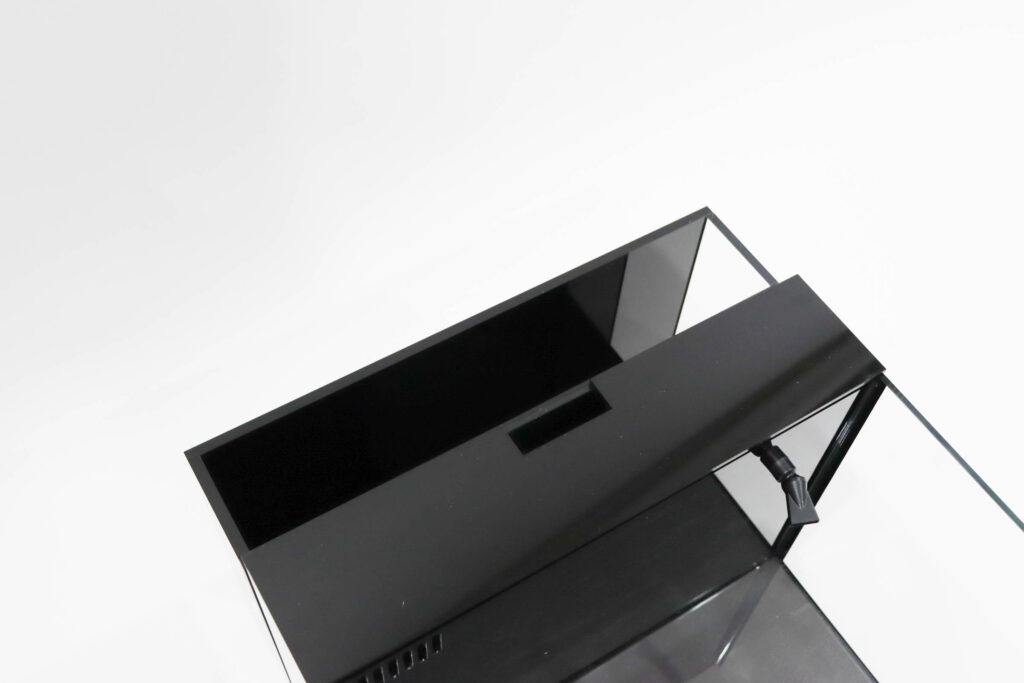
How Do You Maintain an ATO Reservoir?
Luckily, ATO reservoirs do not require much in the way of maintenance. Once you have an idea of the evaporation rate of your tank it is easy to judge how often they need to be filled. It is highly recommended that ATO reservoirs be filled with RODI water in order to reduce the chances of nuisance algae etc. Apart from filling it regularly, they should be wiped out every few months to remove any buildup.
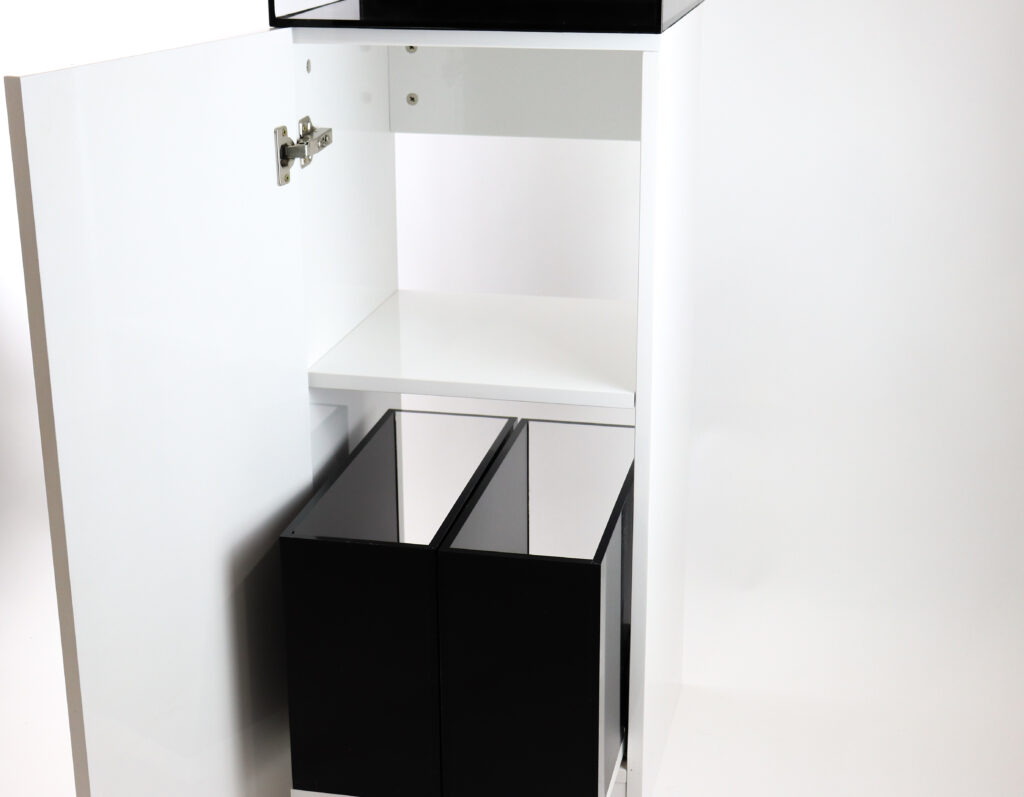
Why Fill an ATO Reservoir With Fresh Water?
One of the most common mistakes new reefers make is filling their ATO reservoirs with salt water. While this might seem to make sense, doing so will quickly cause the salinity level in the tank to rise to dangerous levels. This is because when water evaporates from the tank the salt and other elements are left behind. To put it another way, it is fresh water evaporating from the tank, not salt water.
A reliable ATO system with a well hidden reservoir is a great way to automate the task of topping up a reef tank with freshwater and, as an added bonus, the fish and corals will appreciate the stable salinity levels provided by an ATO.
